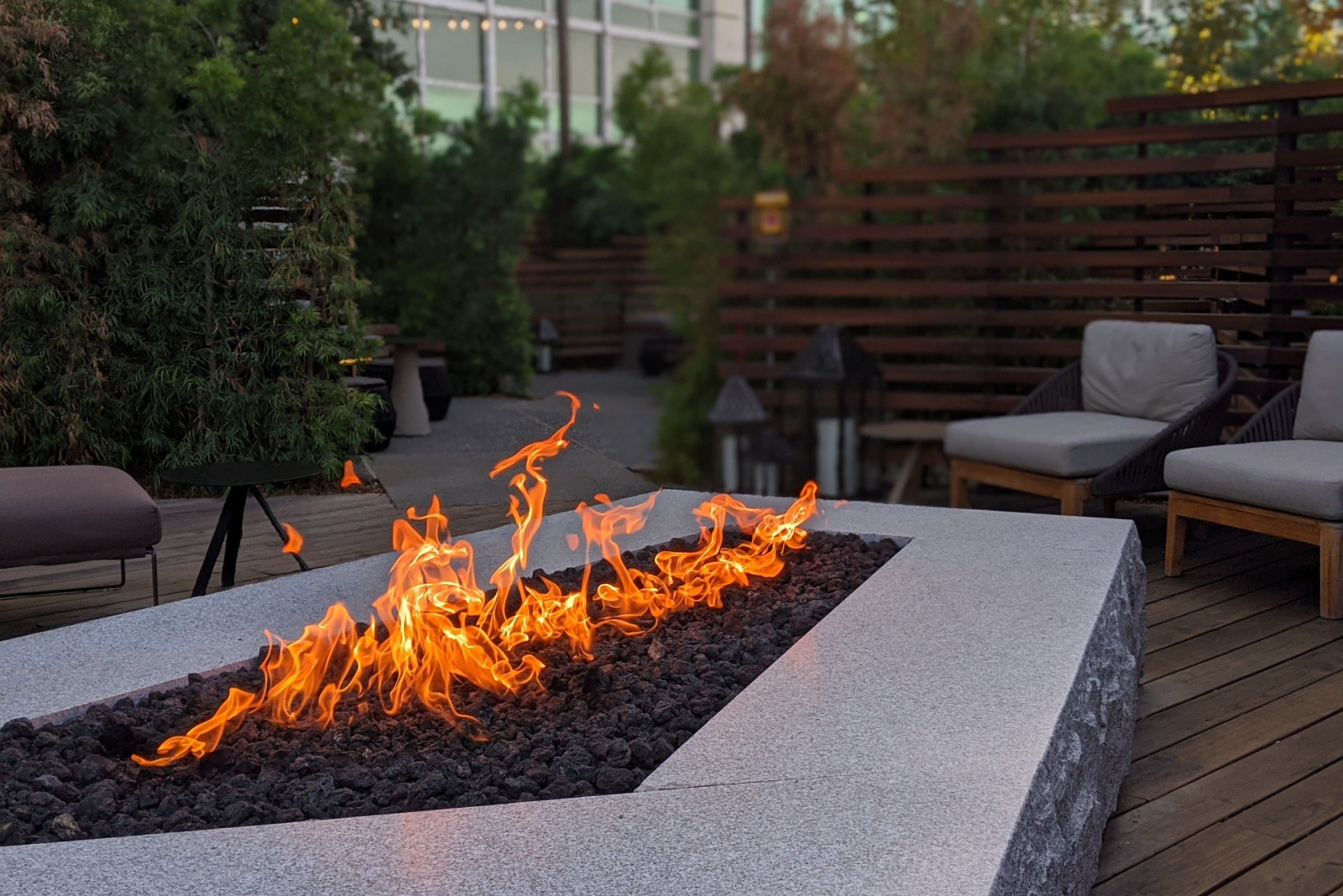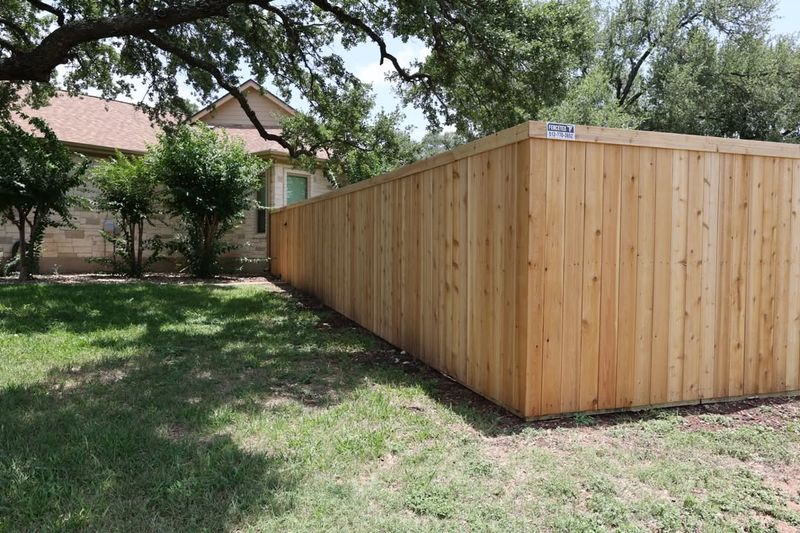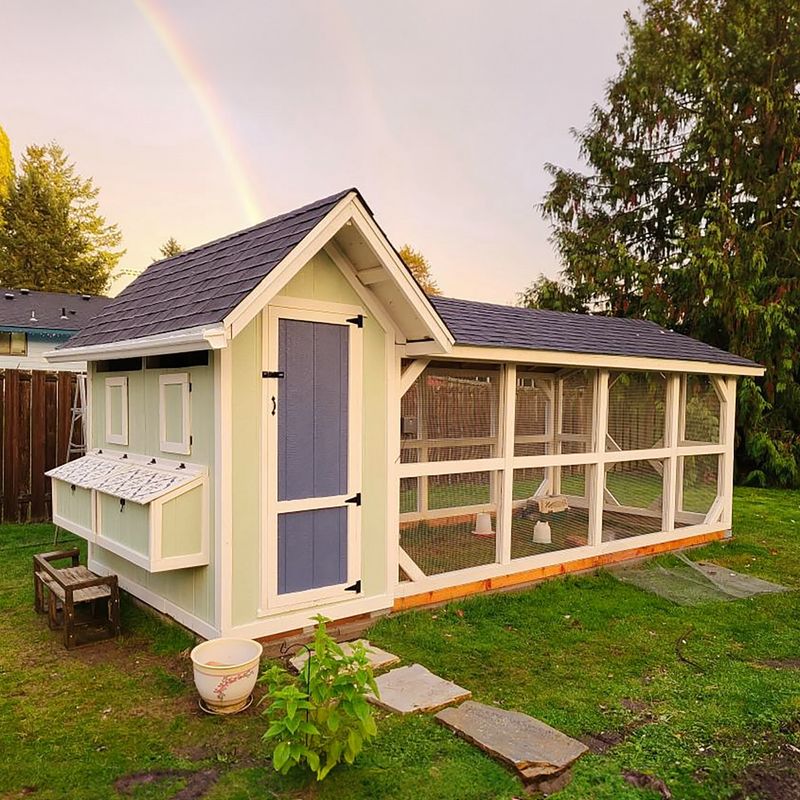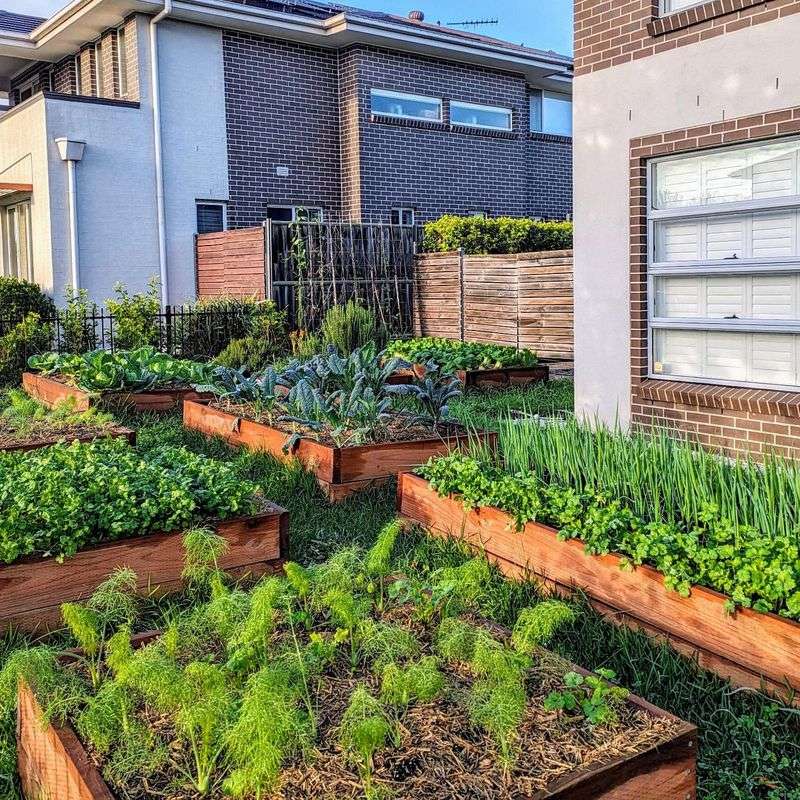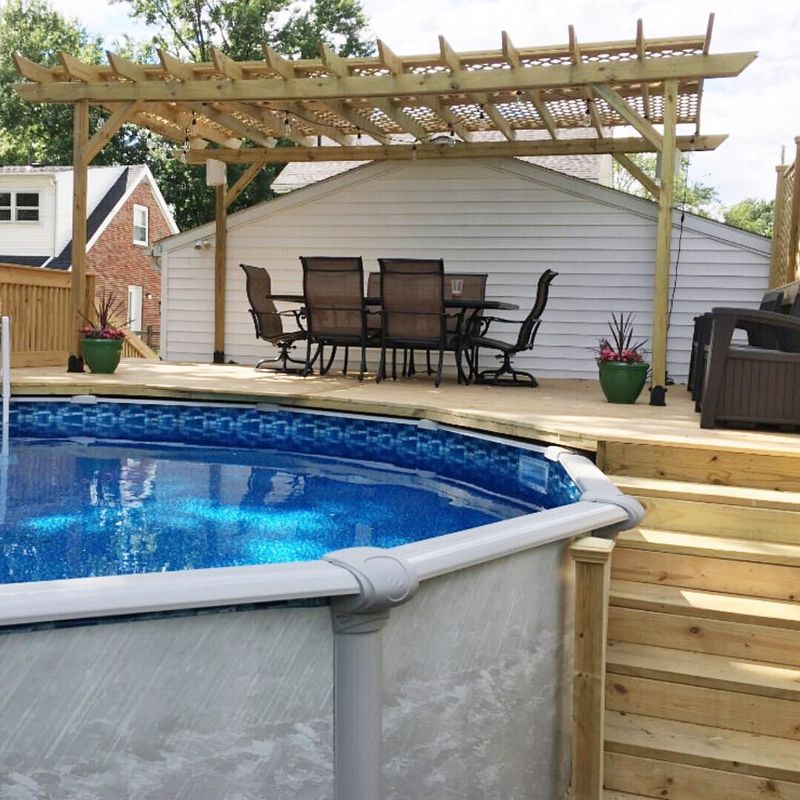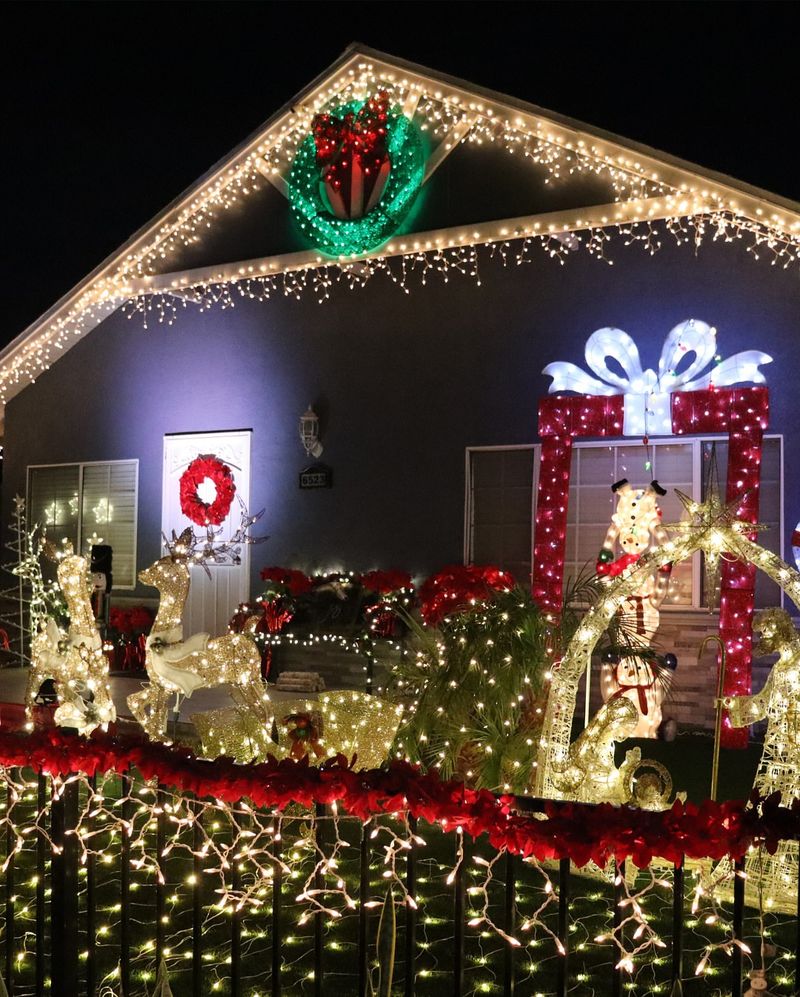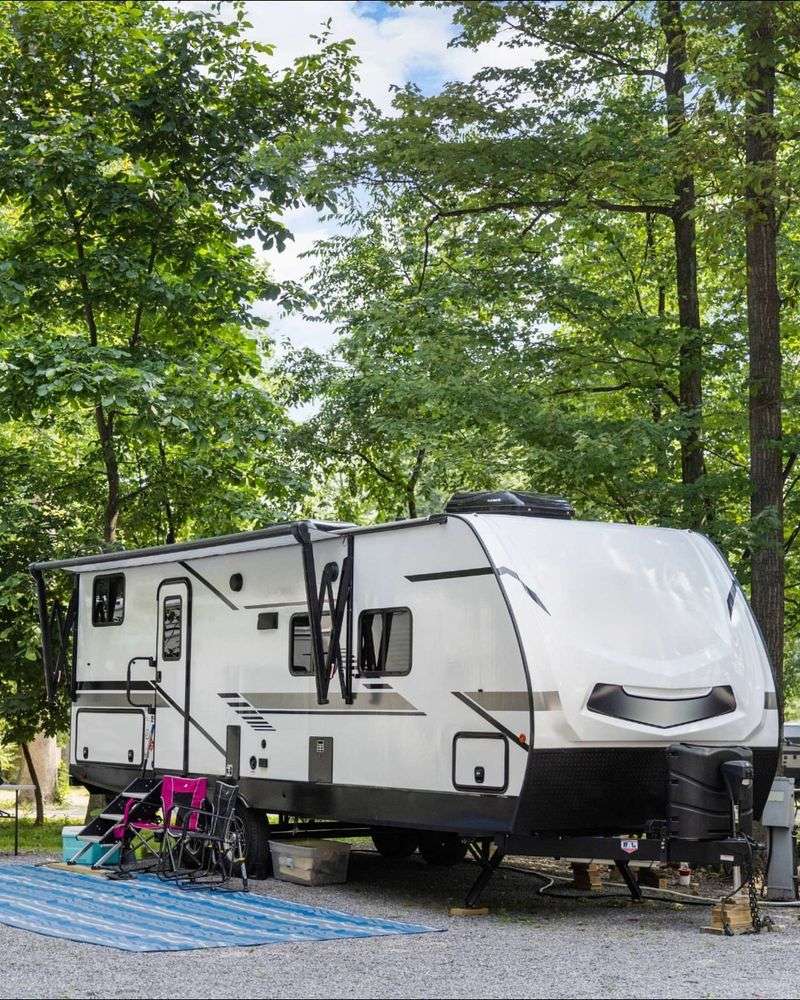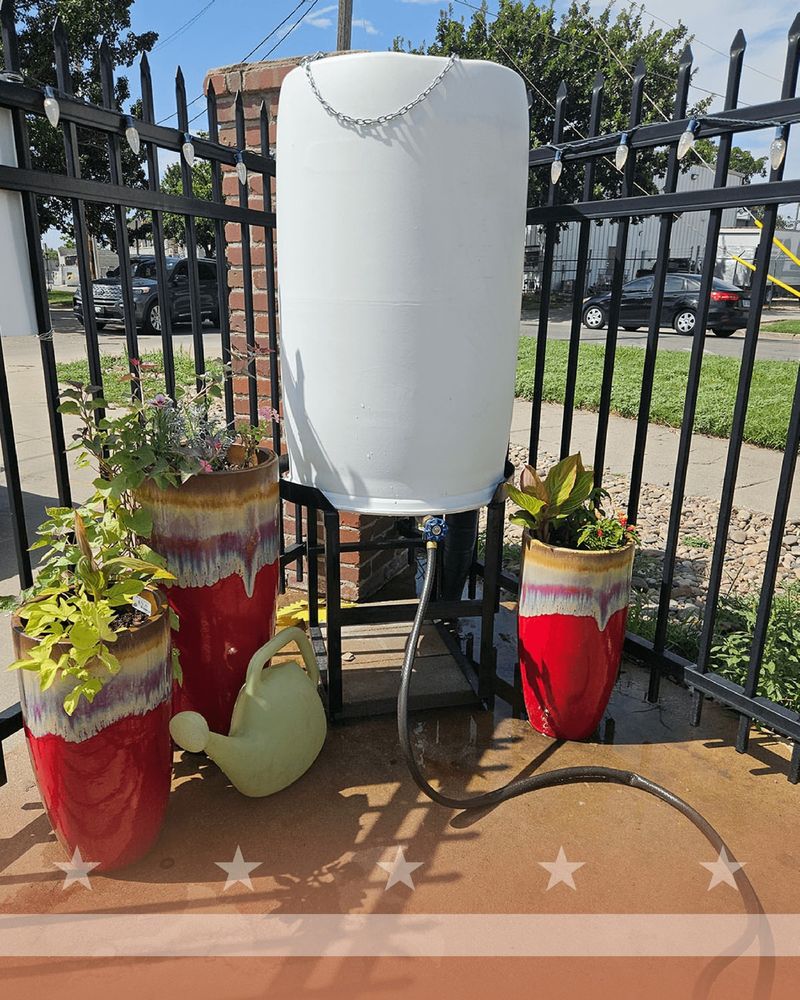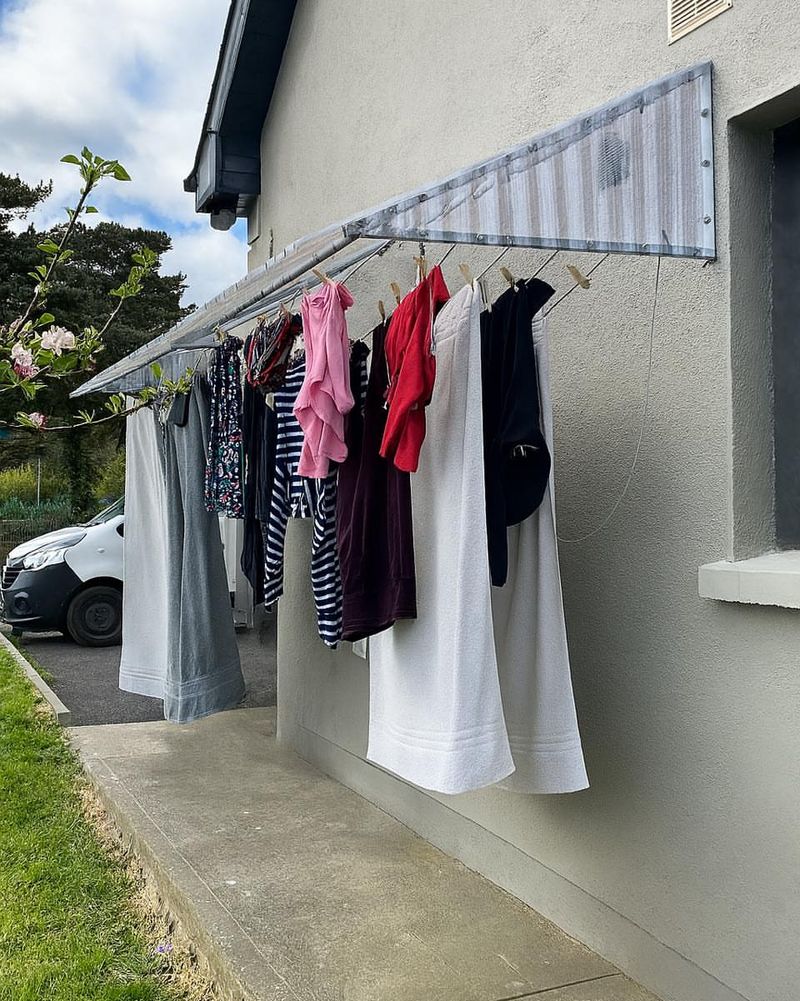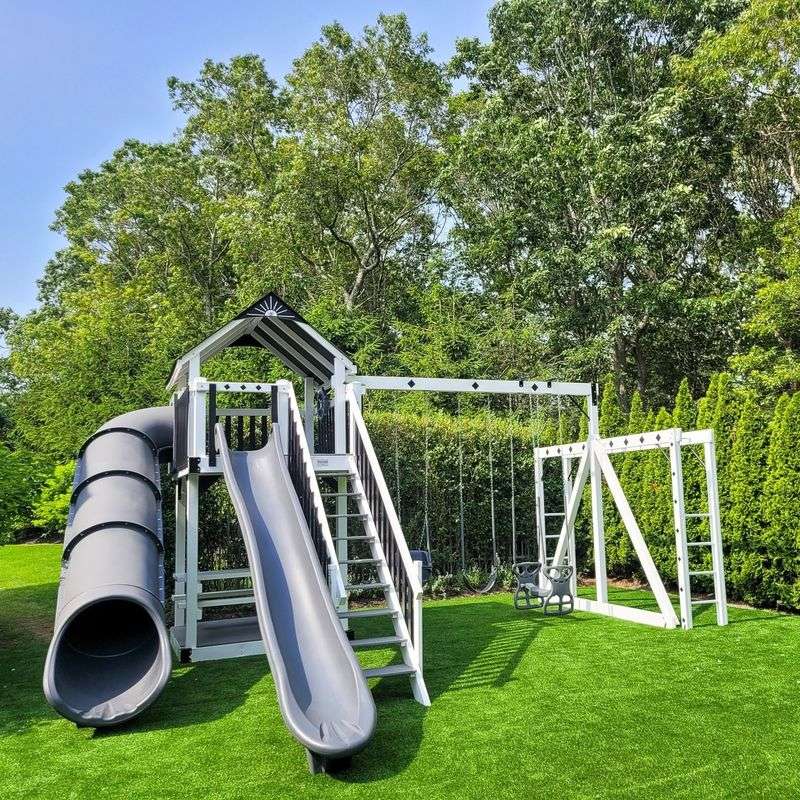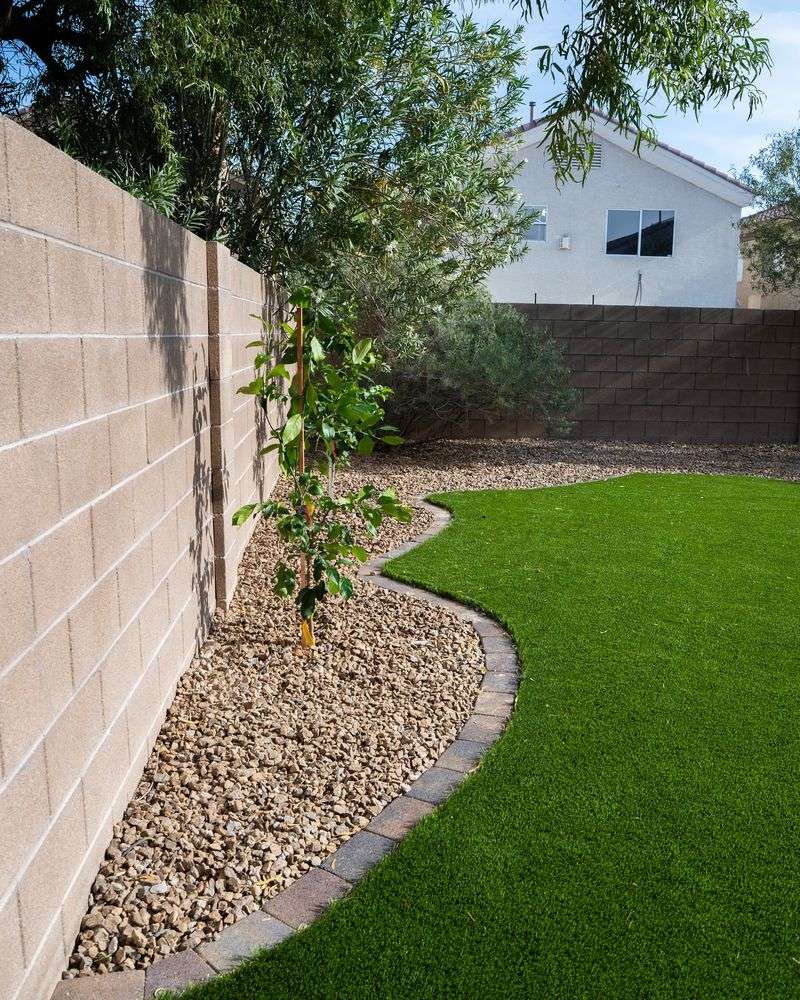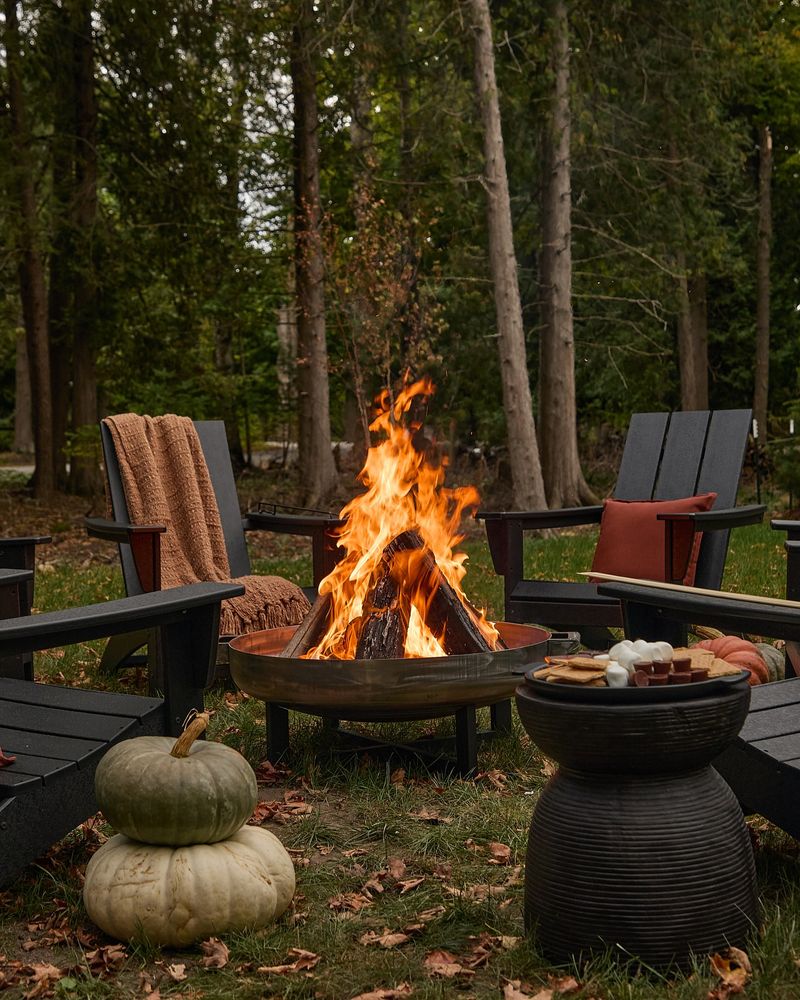Wisconsin neighborhoods are changing how they regulate what you can have in your yard. Local rules called HOA regulations and city ordinances are getting stricter about certain outdoor features.
Many homeowners are surprised to discover their favorite yard additions might soon be against the rules or require special permits.
1. Tall Privacy Fences
Six-foot privacy fences are facing increasing scrutiny across Wisconsin communities. Many municipalities are revising height restrictions downward to 4 or 5 feet maximum, especially in front yards.
The reasoning? Taller structures block sightlines for drivers and can create safety hazards at intersections. Additionally, some neighborhood associations argue that shorter fences promote a more open, friendly community feel while still providing reasonable privacy.
2. Chicken Coops
Backyard chicken keeping has boomed in popularity, but many Wisconsin communities are clamping down. Urban chickens create noise complaints and concerns about predators being attracted to neighborhoods.
New regulations often limit the number of hens to 3-4 maximum and prohibit roosters entirely. Some municipalities require expensive permits or are phasing out backyard chickens completely, especially in denser residential areas where homes are closer together.
3. Front Yard Vegetable Gardens
Growing veggies in your front yard might soon require special permission in many Wisconsin communities. Front-facing food gardens are increasingly subject to aesthetic regulations that limit their size and visibility from the street.
The movement stems from concerns about property values and neighborhood appearance. Several towns now require vegetable gardens to be in rear yards only or mandate decorative borders and strict maintenance standards if placed in front yards.
4. Above-Ground Pools
Above-ground swimming pools face mounting restrictions throughout Wisconsin. Safety concerns top the list of reasons, with many communities requiring expensive fencing and locking gates around any pool deeper than 24 inches.
Aesthetic concerns also drive new regulations. Several municipalities now mandate pools be placed in rear yards only, with minimum setbacks from property lines. Some homeowner associations have gone further by banning above-ground pools entirely in favor of in-ground options.
5. Elaborate Holiday Decorations
Those spectacular holiday light displays attracting visitors from miles around face new limitations. Several Wisconsin municipalities have implemented noise and light ordinances specifically targeting elaborate seasonal displays.
Restrictions often include limits on how long decorations can remain installed, maximum wattage allowances, and cut-off times when lights must be turned off. The regulations aim to balance holiday spirit with neighbors’ rights to peace and quiet during evening hours.
6. Recreational Vehicles Parked On-Site
Storing your camper, boat or RV in the driveway faces increasing prohibition. Many Wisconsin communities now limit recreational vehicle parking to 48-72 hours for loading and unloading only.
Year-round storage increasingly requires vehicles be placed in rear yards, completely screened from view, or stored off-site entirely. The regulations aim to maintain neighborhood aesthetics and prevent large vehicles from becoming permanent fixtures in residential areas.
7. Rain Barrels And Cisterns
Despite their environmental benefits, rain collection systems face growing restrictions. Many Wisconsin neighborhoods now regulate the size, appearance, and placement of rain barrels and cisterns.
Common new rules include maximum capacity limits, requirements that systems be professionally installed, and mandates that collection containers match home exteriors or be hidden from street view. Some areas require permits and regular inspections to prevent mosquito breeding and ensure proper overflow management.
8. Clotheslines
The humble clothesline is disappearing from Wisconsin yards as communities implement “right to dry” restrictions. Many homeowner associations now prohibit outdoor clothes drying entirely, citing aesthetic concerns.
Where still permitted, clotheslines face strict regulations about placement (rear yards only), usage times (typically 9am-5pm), and removal requirements (no permanent installations). The battle between energy conservation advocates and those concerned about neighborhood appearances continues to intensify across the state.
9. Large Playground Equipment
Backyard playsets, trampolines, and other large recreational equipment face new height and placement restrictions. Safety concerns drive some regulations, while others focus on visual impact on neighboring properties.
Many Wisconsin communities now require permits for structures over 8 feet tall and mandate minimum distances from property lines. Some areas require equipment removal when children outgrow it, prohibit bright colors, or limit the overall footprint size to preserve green space in yards.
10. Artificial Turf
Synthetic grass installations are meeting resistance despite their water-saving benefits. Many Wisconsin communities worry about drainage issues, heat island effects, and environmental impacts of plastic lawns.
New regulations typically limit artificial turf to backyards or small accent areas. Some municipalities require professional installation with proper drainage systems and mandate specific types of eco-friendly materials. The days of full-yard synthetic installations appear numbered in many residential areas.
11. Wood-Burning Fire Pits
Backyard bonfires face increasing regulation due to smoke complaints and fire safety concerns. Many Wisconsin municipalities now require minimum distances from structures and property lines for any wood-burning feature.
Some communities have gone further by limiting fire pit usage to certain hours, requiring permits, or banning wood burning entirely in favor of natural gas alternatives. The regulations aim to reduce neighborhood smoke issues while still allowing for outdoor enjoyment during Wisconsin’s beautiful summer evenings.

